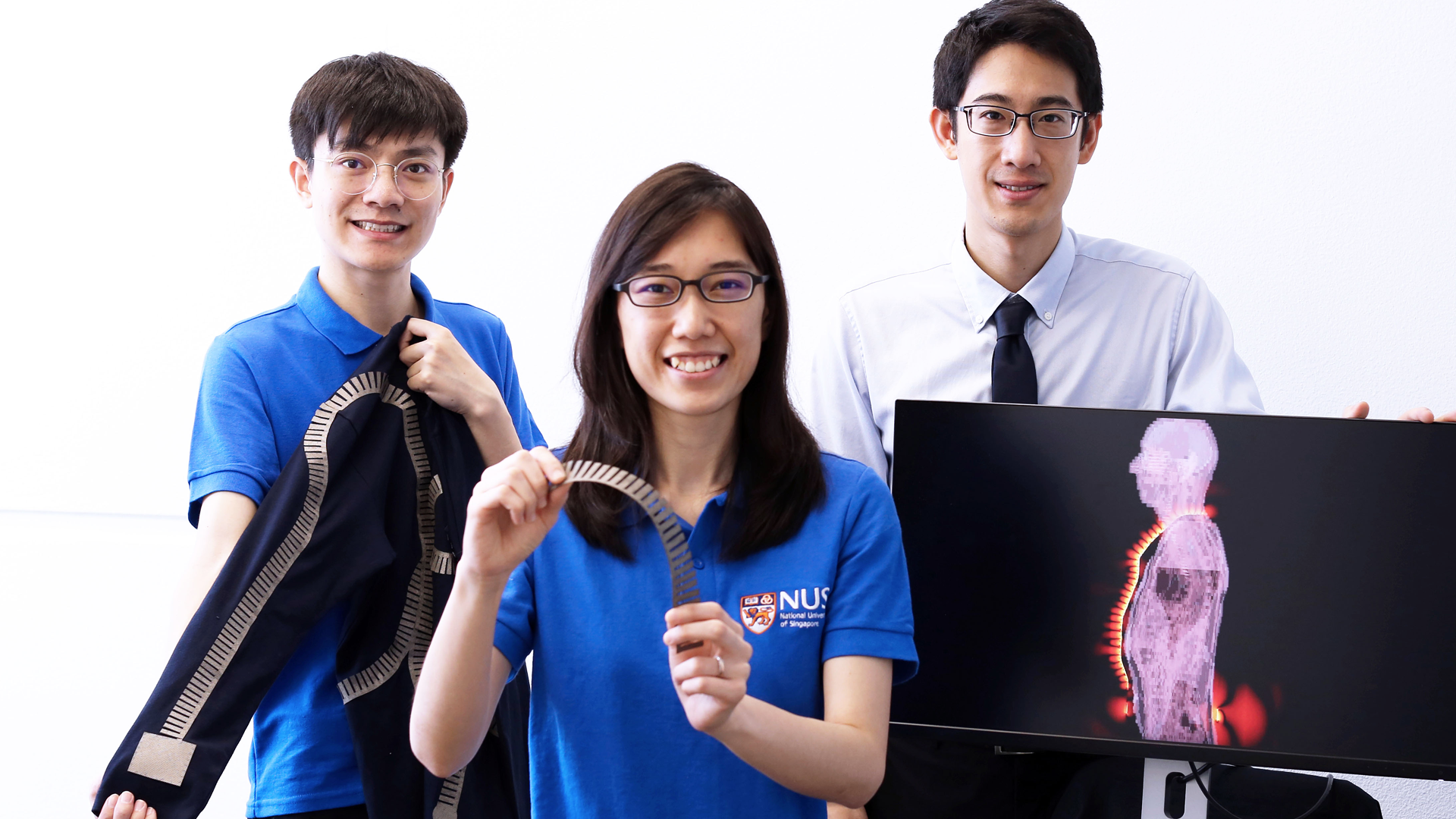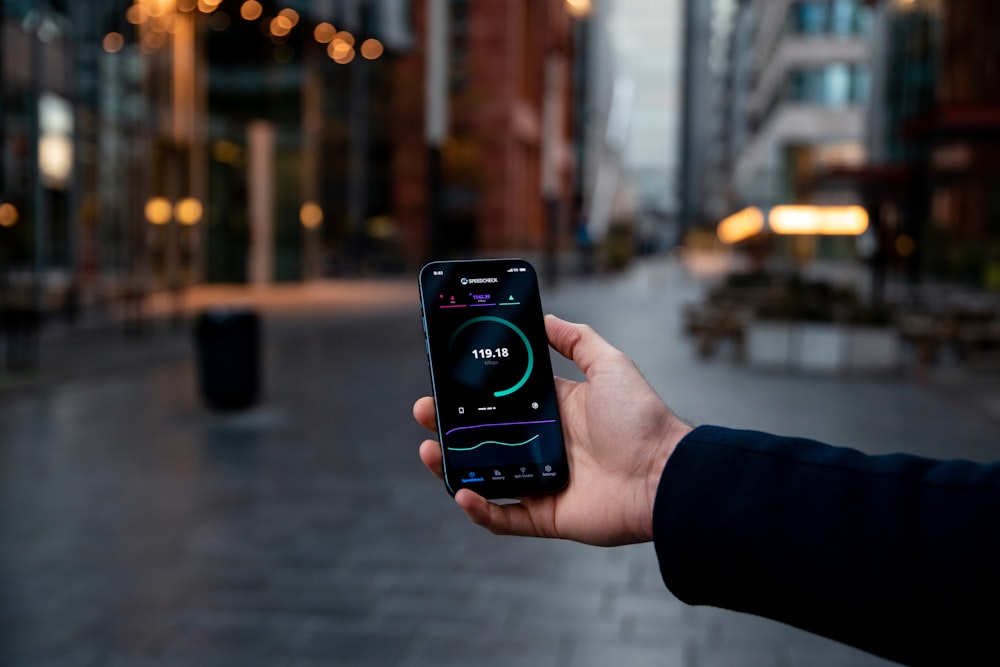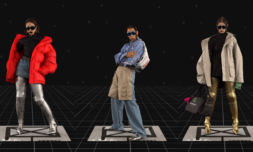The latest in wearable tech is a collection of ‘smart’ clothes designed to enhance connectivity between our devices. How? By turning us into ‘pseudo-human circuit boards.’
Forgive me for stating the obvious, but these days it isn’t often that we’re without our phones or at least some kind of device keeping us perpetually connected. Technology has infiltrated its way into our lives so significantly during the last two decades that over half the global population now has access to the internet.
On this note, I think it’s pretty safe to say we’d be hard-pressed to get by absent of those handy little gadgets in our pockets. They’ve transformed how we communicate, how we’re entertained, how we travel from A to B (I’m barely scratching the surface here) so God forbid we ever drop signal – or worse – battery life.
Well-aware of our innate reliance on uninterrupted 4G, countless industries have jumped at opportunities to ensure they’re satiating this appetite and fashion is one of them.
This, of course, may come as a surprise given that the latest Apple product or self-driving car is most likely what springs to mind regarding these adaptations, but technology touches almost everything we do and its integration with style has been rapidly evolving for some time.
From antiviral fabrics and Augmented Reality t-shirts to 3D printed designs and Instagram-ready outfits you can’t physically touch, fashion’s foray into the digital age isn’t new in the slightest.
What is, however, is its move to guarantee we can stop worrying about losing connection. How? With a collection of ‘smart’ clothes that conduct Bluetooth and Wi-Fi by turning us into ‘pseudo-human circuit boards.’
Developed by researchers in Singapore, the idea was borne from a need to effectively link wearable devices – the likes of which have recently seen rapid advancements and increasing sophistication of the data they transmit – such as fitness trackers, app-controlled footwear, and AR glasses.
Especially for the lucky few of us who enjoy using more than one at once.
Typically, Bluetooth and Wi-Fi waves radiate outwards in all directions when emitted, sending the majority of their energy into our surroundings. This drastically reduces a gadget’s efficiency because much of its battery life is consumed solely from attempting to establish a connection.





















